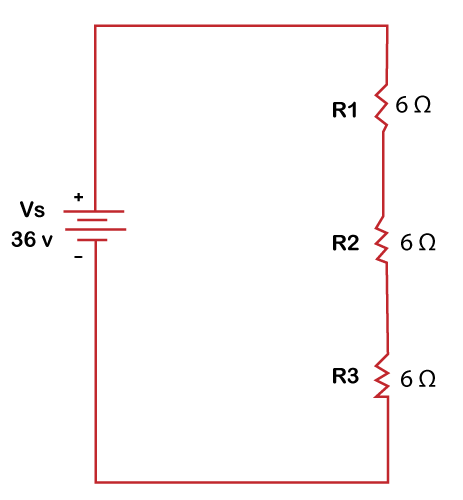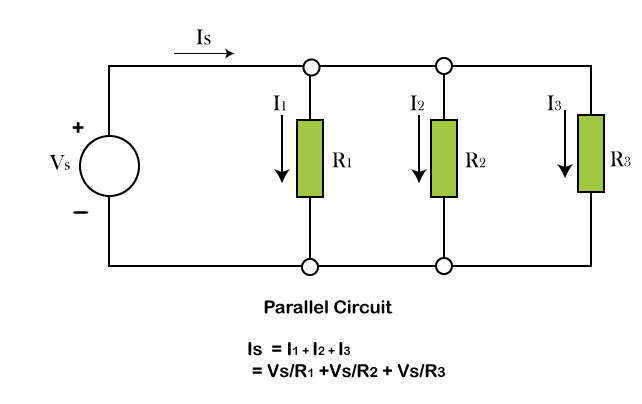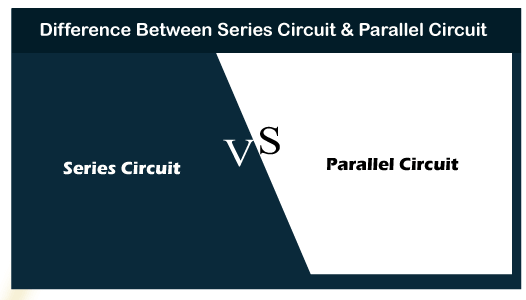Difference between series and parallel circuitsA series of circuits refer to a circuit that has only one path through which current flow. In the series circuit, all the components are connected in such a way that if any fault happens in the circuit, the current will not flow through the circuit. The current in the series circuit is the same throughout the circuit. On the other hand, parallel circuits refer to a circuit with more than one path through which current flows. In the parallel circuit, all the components have various branches for current flow; thus, the current is not the same throughout the circuit. Read the given tutorial to know the difference between series and parallel circuits. What is a series circuit?A circuit is said to be a series circuit when the flow of current is the same throughout all the components in the circuit. In series circuits, the current has only a single path. In a series circuit, the relationships between current and voltage are the exact inverse of those in the parallel circuit. The current through each series element is the same and equal to the source current (Is). In contrast, the voltage across each series element (V1, V2. V3) varies according to the impedance (in this example, the resistance) of each element. Kirchhoff's Voltage Law (KVL) applies, and the voltage supplied by the source (Vs) is equal to the sum of the individual voltage drops across each series element. 
Advantage of series circuits
Disadvantage of a series circuit
Now, consider an example of a series circuit to understand the concept. Find the current flow through the resistor R1, R2, and R3. 
Given R1 = 6 ohm R2 = 6 ohm R3 = 6 ohm And V = 36V Answer: By applying ohms law in the given circuit, we get V = IR V = I (R1+R2+R3) I = V/ (R1+R2+R3) I = 36/(6+6+6) I = 36/18 I = 2 Amp What is a parallel circuit?A parallel circuit refers to a circuit with two or more two paths for the current to flow. In a parallel circuit, all the components have the same voltage. 
In a parallel circuit, the voltage across each element is the same and equal to the source voltage (Vs), and the current through each element (I1, I2, I3) varies according to the impedance (in this example, the resistance) of each element. Kirchhoff's Current Law (KCL)_ applies, and the total current flowing from the source (Is) is equal to the sum of the individual currents flowing through each parallel element. Advantage of parallel circuits
Disadvantage of parallel circuit
Now, consider an example of a parallel circuit to understand the concept. Find the total resistance between the points P and Q 
Answer: Here, 2ohm resistance is connected in parallel with 3ohm resistor give 6/5 ohm. Now, 6/5ohm resistor is connected in series with 5 and 4ohm resistance, so total resistance between point P and Q = 6/5+5+4 = 10.2 ohm. Difference between series and parallel circuit
Next TopicDifference between
|
 For Videos Join Our Youtube Channel: Join Now
For Videos Join Our Youtube Channel: Join Now
Feedback
- Send your Feedback to [email protected]
Help Others, Please Share










